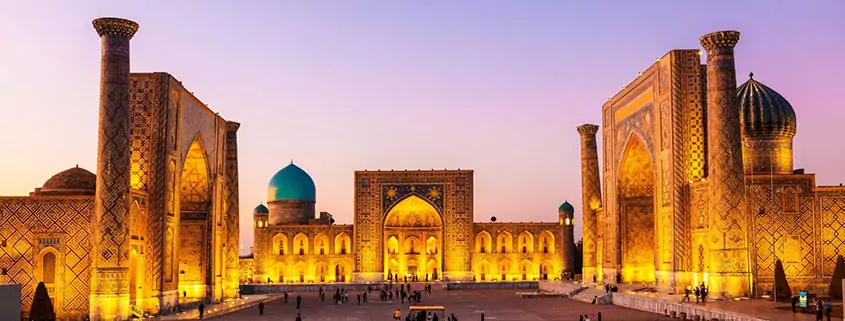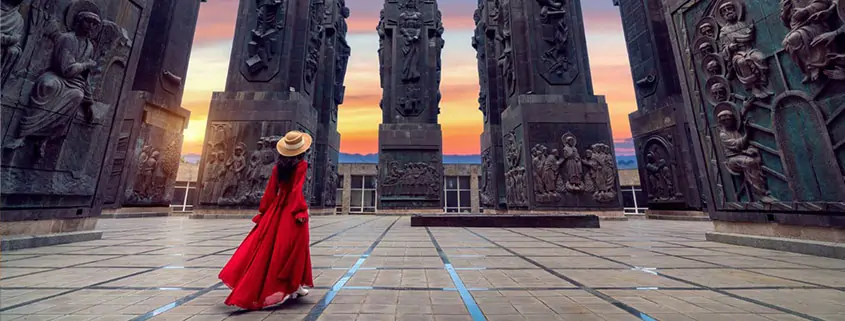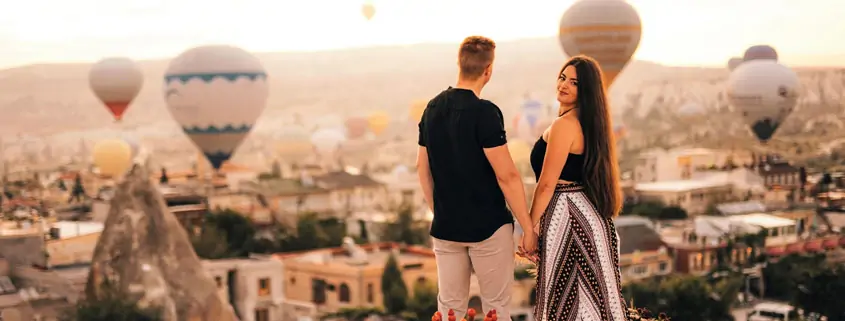The Tourist Card can be used at LOCAL ATMs, as well as in various LOCAL shops and restaurants.
Service Fee: € 20.00
If you’re planning a trip to Iran as a tourist or temporary visitor, you may be wondering how to manage your money while you’re there. Cash is the primary mode of payment in Iran, and international credit cards are not accepted due to the economic sanctions imposed on the country. This can make it difficult for visitors to access and manage their funds while they’re in Iran.
Enter the Iran Tourist Card – a prepaid debit card designed specifically for tourists and temporary visitors in Iran. With this card, you can instantly add funds in your preferred currency and use it to make purchases at shops, restaurants, and other establishments that accept card payments. You can even use it to withdraw cash from any ATM device in the country.
One of the best things about the Iran Tourist Card is that it can be delivered directly to your accommodation, saving you the time and hassle of having to go to a bank or exchange office to obtain cash. This is especially helpful if you’re arriving late at night or don’t have time to exchange currency before heading out to explore the city.
Card Top-up and Renewal
You can reload your card during your stay. At the moment we only accept cash in EUR and USD in Tehran. If you wish to top-up your card in other cities, you can transfer money online, which includes %7 transfer fee, or you can exchange your money first and then transfer it to our bank account by going to any branches.
The validity period for the Iran Tourist Card is one year, and it can be renewed for an additional year upon expiration.
Delivery
After you have successfully placed your order for the tourist card, you will receive an instant confirmation of your booking via email. In the unlikely event that you do not receive an email from us, kindly check your Spam folder or promptly notify us via email.
Your tourist card will be hand-delivered directly to your accommodation in Tehran or to your designated tour guide. Should you have any inquiries or require further assistance, please do not hesitate to contact our dedicated support team at contact@surfdmc.com.









